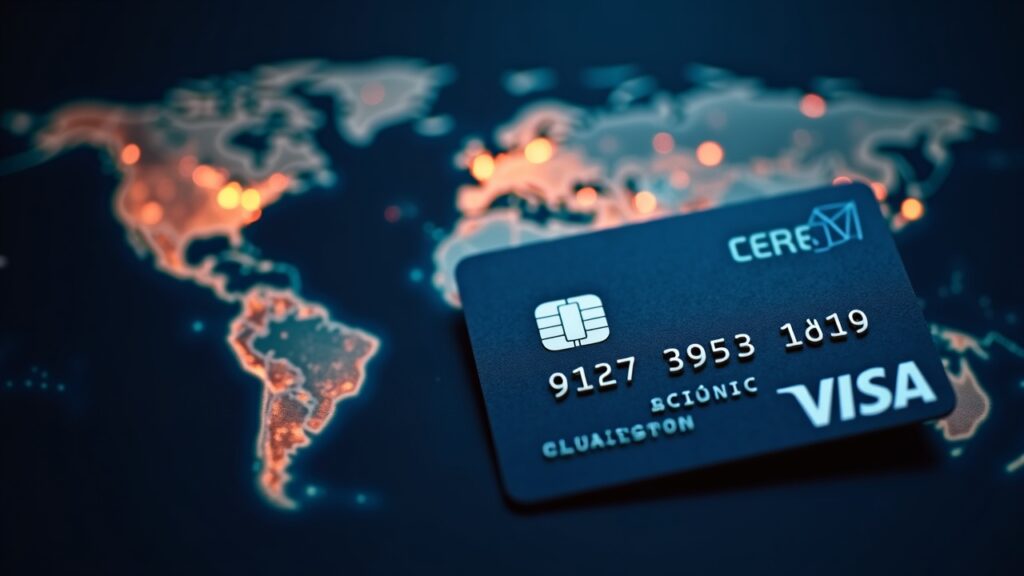Visa has finalized a strategic partnership with infrastructure firm Aquanow to implement stablecoin settlement processes across Central Europe, the Middle East, and Africa. Godfrey Sullivan, Visa’s head of product and solutions for the CEMEA region, confirmed that this integration aims to modernize traditional payment rails and reduce intermediaries.
The technical collaboration is specifically designed to allow financial institutions to settle transactions using approved digital assets such as USDC, which promises to significantly decrease operational costs and friction. On the other hand, the initiative responds to growing demand from banks and payment processors requiring faster and cheaper solutions for conducting cross-border transfers.
Likewise, the central goal is to digitize the backend of money movement, facilitating continuous operations 24 hours a day. In this way, institutions in these regions will be able to experience much simpler and faster settlements in their daily operations.
Is the traditional financial system ready to adopt blockchain payment rails?
This move is not an isolated event but represents a paradigm shift where stable cryptocurrencies cease to be exclusive to trading to integrate into the real economy. Therefore, digital assets are assuming the role of the US dollar in the on-chain economy, being used increasingly for institutional settlements and commercial payments.
Furthermore, this phenomenon is observed elsewhere, as shown by Deutsche Börse integrating the EURAU token into its institutional custody services. Thus, a global strategy to incorporate regulated digital assets is evident within traditional financial service portfolios.
The adoption of this technology could redefine capital efficiency for investors and companies operating in emerging markets. However, market reaction will depend on the ability of these tools to overcome legacy infrastructure without compromising security or compliance. Also, entities like the Bank of England and the Basel Committee are evaluating risks, suggesting that major jurisdictions are moving in parallel towards regulation.
Finally, the integration of stablecoin settlement signals a future where the convergence between traditional finance and decentralized technology is inevitable. Nevertheless, global regulators, such as Erik Thedéen of the Bank of Sweden, have admitted the need for different approaches to the banking supervision of these assets. It is expected that, as these solutions take root, new regulatory frameworks will emerge to facilitate massive and secure institutional adoption.

